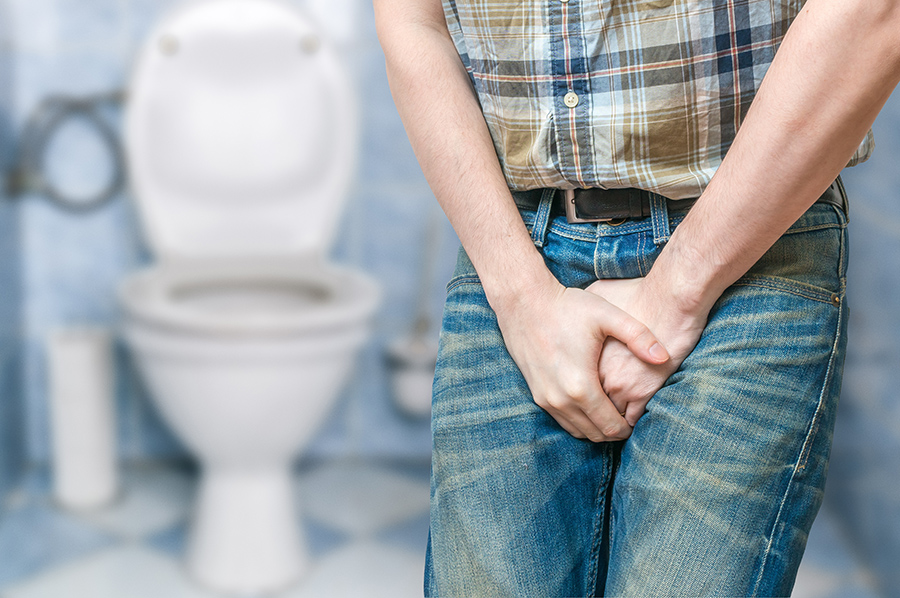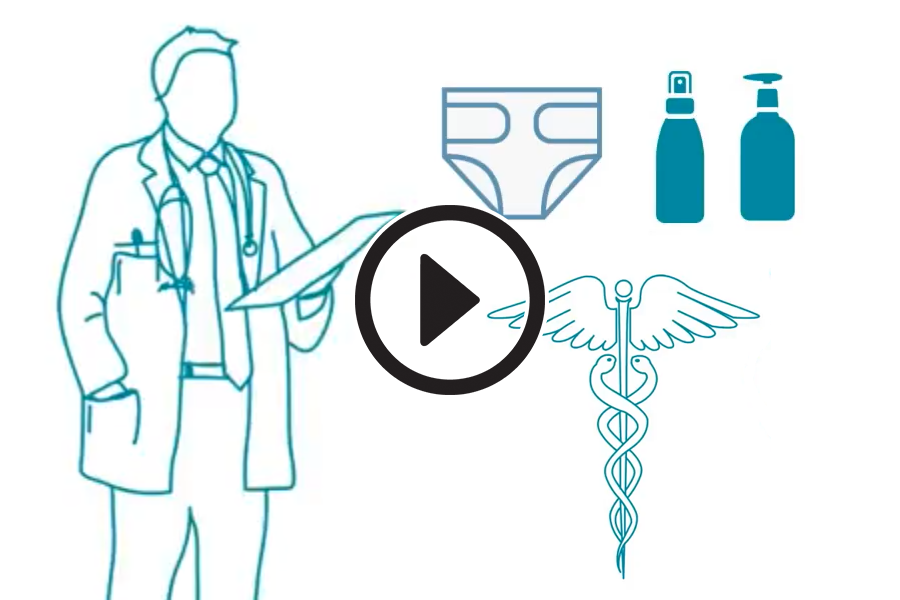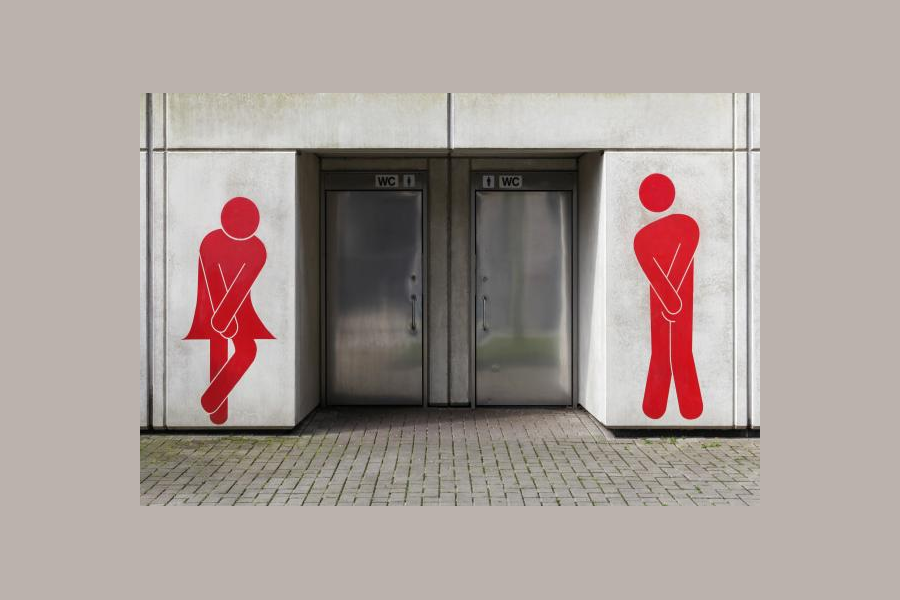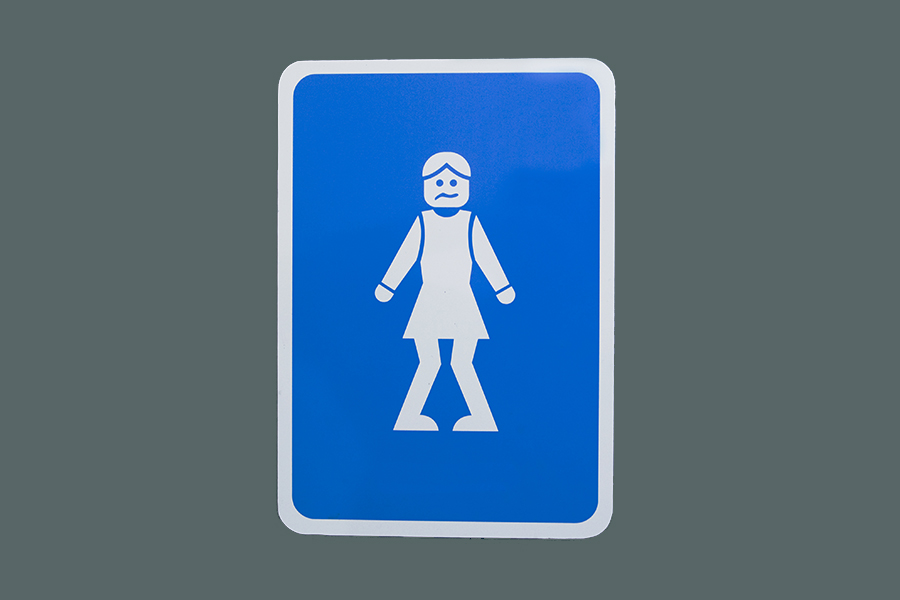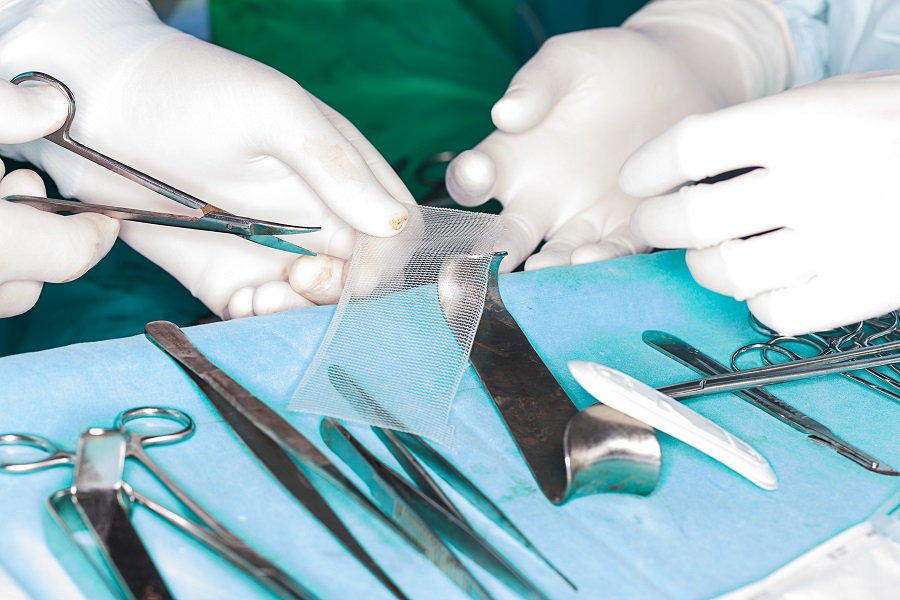Urinary tract infections (UTIs) are infections inside the urinary tract from microbes, extremely tiny organisms. Most UTIs are caused by bacteria, with a few caused by fungi and viruses.
UTIs can happen in any part of your urinary tract. The urinary tract (UT) contains your kidneys, bladder and urethra. In many cases, UTIs only involve the bladder and urethra, but they can also involve the kidneys. Infections that involve your kidneys are oftentimes more serious.
The steps you can take to help prevent a UTI are simple:
- Drink plenty of water – 6 to 8 glasses each day
- Don’t hold it! Empty your bladder regularly throughout the day
- Talk to your doctor about managing or dealing with incontinence problems and/or problems with emptying your bladder fully
Symptoms of a UTI may depend on your age, gender and what area of the urinary tract (UT) the infection is located in.
Common symptoms include:
- Persistent and strong urge to urinate
- Unclear, bloody or very odorous urine
- Painful burning sensation when urinating
- Nausea and/or vomiting
- Muscle aches
- Abdominal pain
People who use catheters may experience few symptoms, meaning diagnosis can be more difficult.
There are many tests and procedures that can be used to diagnose UTIs, including:
- Getting a urine sample analyzed in a lab
- Growing urinary tract bacteria in a lab
- Getting an ultrasound to observe your urinary tract
- A doctor will use a scope to see the inside of your bladder; this procedure is called a cystoscopy.
Treatment is fairly simple. Typically antibiotics are the first treatment doctors will try. The specific antibiotic that is prescribed to you will depend on your health condition and what kind of bacteria is in your urine.
Remember, never hesitate to consult a doctor if you are confused or concerned about anything that is happening to your body!
Sources:






